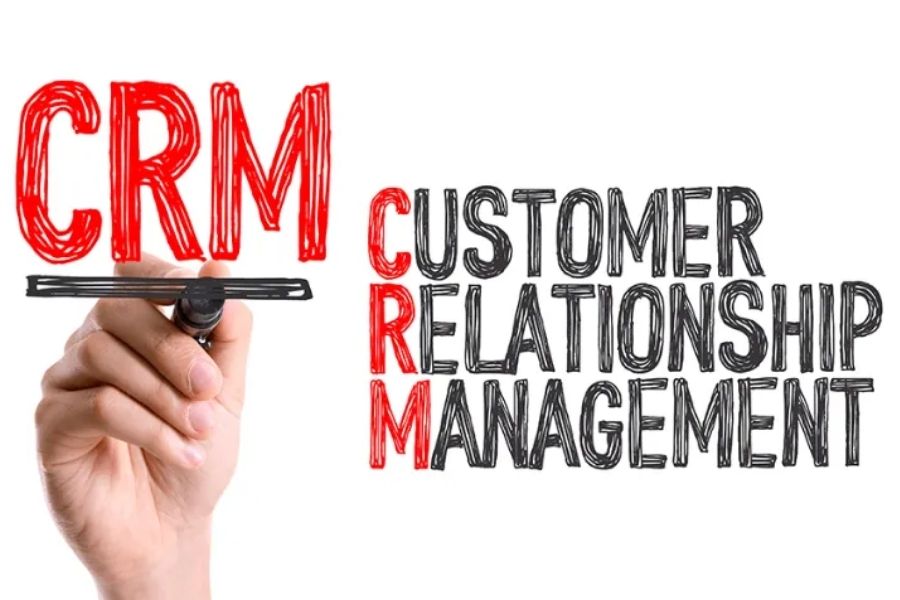Pros, cons and cost of CRM

The company “ANOD-PLUS” works in the field of industrial construction. Construction projects are concentrated in the south and central Russia. The average turnover of the company per year is 800-900 million rubles. The company performs the full range of construction and installation works, including commissioning at hazardous production facilities (Transneft, Rosneft). Benefits of a simple and functional CRM
Frequent mistakes and slow work in the estimate and contract department, errors in the selection of suppliers, and inflated prices for materials in the supply department prompted the decision to automate these departments (LMS and OMTS) using a specialized CRM.
CRM tasks
For the estimate and contract department, the task was to automate routine work, thereby we sought to reduce the number of technical errors. Estimating engineers during the working day are engaged in the fact that they draw up acts of work performed, manually accumulate in the register of completed construction and installation works, manually verify subcontracting acts of work performed with general contractors, and so on. This is quite a routine and exhausting job. Modern software can do this automatically.
For the Procurement Department, we sought to increase the transparency of sourcing in order to save on materials. In the OMTS department, cases of overestimation of the cost of purchased materials were repeatedly identified, and subsequent punishments of specialists did not solve the problem, so they considered the introduction of a system with automatic supplier selection.
After monitoring the market, we settled on Altius, a specialized program for the construction industry. The program met the stated requirements, that is, according to its characteristics, it was able to automate routine work in the LMS and automate the selection of suppliers. How to buy Samsung smartphones in Russia now and how much they cost
CRM costs
The cost of the program is 30,000–40,000 rubles per desktop. The price depends on the number of purchased licenses. We paid about 200,000 rubles for 5 licenses for LMS and approximately 300,000 rubles for 10 jobs in the supply department. However, the main costs are not for the purchase of licenses, but for the implementation of this system.
Our implementation in the LMS department took 8-10 months. This is the continuous work of at least one estimator for 6 months, who entered the data into the program, as well as the periodic work of other specialists (system administrator, accountant, and others). Only after entering the data into the program, it was possible to start working with it. How to Apply and Start online college classes today to get online degrees?
Then the flaws of the program began to come out, which was not tuned to the specifics of the company. They had to be eliminated together with the developer, paying an additional 100,000 rubles for this.
In the OMTS department, the implementation time was approximately one year. It took 6 months to create a database of the cost of materials and suppliers and debugging the program also took 6 months. Here, the finalization of the program cost us about 150,000 rubles. There is another important aspect is that the implementation was perceived negatively by the company’s specialists, especially in the supply department. There have been demarches and attempts to underestimate the usefulness of the program. They had to be overcome with explanatory work, and sometimes with punishments. Xiaomi makes the MIUI 13 update schedule official for all its mobiles
After a year of implementation, the system began to bring results: labor productivity in the estimate and contract department increased by a quarter, and the number of errors decreased significantly. In the supply department, it was possible to achieve significant savings on the purchase price of materials, for some goods the price decreased from 3 to 25%. Best VPN: VPN Software Comparison of 2022
Pros
- A specialized program allows you to combine all the main departments of a construction company.
- The low cost of the program itself does not require subscription costs
Cons
- Complexity and long implementation time.
- Requires additional costs for debugging the program.
- There are no representative offices of the developer in the regions, difficult communicate when
- finalizing or customizing the program for the company.
Conclusion
This program is suitable for medium and large construction companies since the beneficial effect of the implementation is achieved only with scale. The system is very specific, and a well-trained specialist with IT skills is required for smooth operation. However, after implementation, the program is able to increase labor productivity in the estimate and contract department by 20-25%, and in the procurement department, save up to 10% on the purchase of materials. 5 Top Digital Marketing Trends for 2022
